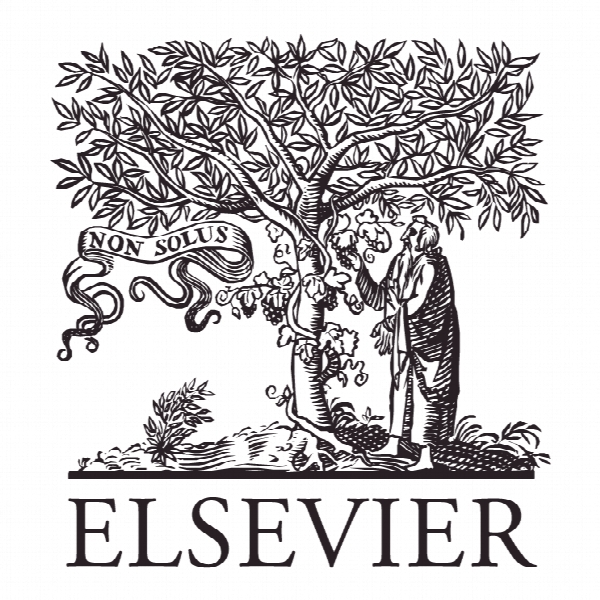مدل بردارشاخص خود کاهشی ناهمگن برای مقیاس نوسانات تحقق یافته A vector heterogeneous autoregressive index model for realized volatility measures
- نوع فایل : کتاب
- زبان : انگلیسی
- ناشر : Elsevier
- چاپ و سال / کشور: 2017
توضیحات
رشته های مرتبط مدیریت و اقتصاد
گرایش های مرتبط مدیریت مالی و اقتصاد مالی
مجله بین المللی پیش بینی – International Journal of Forecasting
دانشگاه بخش اقتصاد و امور مالی، ایتالیا
نشریه نشریه الزویر
گرایش های مرتبط مدیریت مالی و اقتصاد مالی
مجله بین المللی پیش بینی – International Journal of Forecasting
دانشگاه بخش اقتصاد و امور مالی، ایتالیا
نشریه نشریه الزویر
Description
1. Introduction The presence of co-movements in volatility measures is usually explained by common reactions of investors, policy makers or central banks to news relating to certain macroeconomic and financial variables. Engle and Marcucci (2006) find evidence indicating the presence of common ARCH factors (Engle & Susmel, 1993) between 435 pairs obtained from 30 stocks of the Dow Jones industrial index. However, their statistical approach might suffer from severe size distortions when applied in a multivariate setting (see Cubadda & Hecq, 2011; Hecq, Laurent, & Palm, 2016). Anderson and Vahid (2007) propose the examination of information criteria for determining the presence and number of principal component ∗ Corresponding author. E-mail addresses: gianluca.cubadda@uniroma2.it (G. Cubadda), guardabascio@istat.it (B. Guardabascio), a.hecq@maastrichtuniversity.nl (A. Hecq). factors out of 21 Australian weekly stock return volatilities. It turns out that this latter approach is probably more robust to the presence of jumps and fat tails than the canonical correlation framework of Engle and Marcucci (2006). However, these contributions assume the dynamics of the system to be very parsimonious, contrary to the observed time series properties of daily volatility measures. For instance, the univariate heterogeneous autoregressive model (HAR; see Corsi, 2009) captures the long range dependence observed in daily time series using a restricted autoregressive model of order 22. This paper proposes a new model for analyzing the joint behaviors of a set of daily volatility measures. We start out with a multivariate version of the HAR, namely the vector HAR (VHAR henceforth, see Bubák, Kočenda,&Žikeš, 2011). Next, we test, and consequently restrict, the VHAR by means of a multivariate autoregressive index model (Reinsel, 1983). In particular, we impose proper reduced rank restrictions on the coefficient matrices of the VHAR to obtain the vector heterogeneous autoregressive index model (VHARI henceforth). The VHARI is nested within the unrestricted VHAR, which in turn is a restricted version of a vector autoregressive model (VAR) of order 22. The VHARI provides a parsimonious model whose forecasting performance can be compared with those of either less restricted multivariate models (e.g., VHAR or VAR(22)) or univariate HAR equations. At the representation theory level, the common factors obtained from the VHARI, namely the indexes, preserve the same temporal cascade structure as in the HAR; i.e., the weekly (monthly) index is equal to the weekly (monthly) moving average of the daily index. This is an important property of the VHARI that is not shared by most of the alternative aggregation methods (e.g., principal components, canonical correlations, etc.). Moreover, in a VHARI with one common component, a specification that is not rejected by the data in the empirical section of this paper, the unique index is generated by an univariate HAR model. This is not generally the case for alternative aggregation strategies either.


